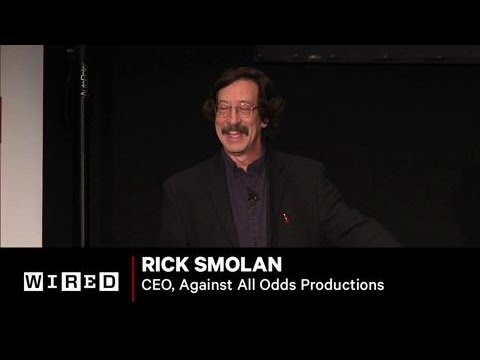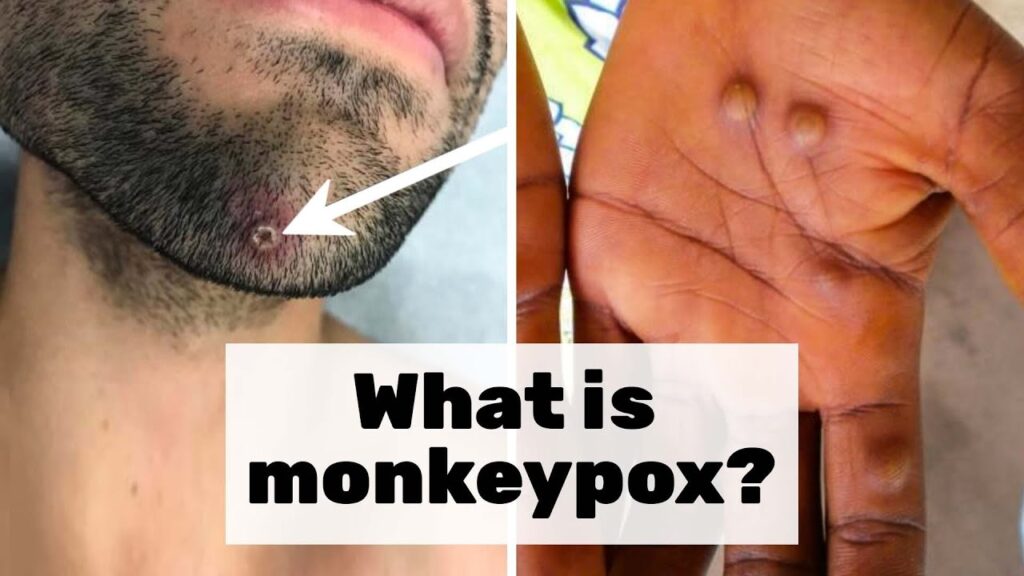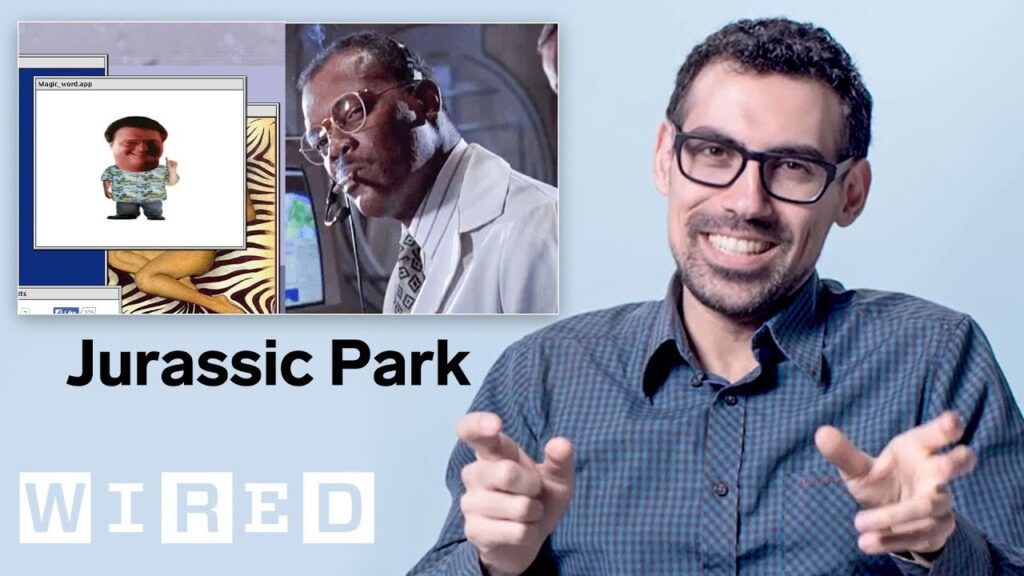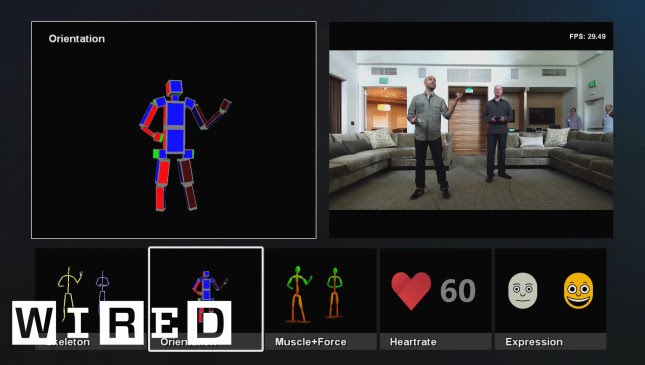Title: Understanding the Advanced Protective Process of the United States Secret Service
Summary
In this article, we explore the proactive and advanced process used by the United States Secret Service to protect their clients, with a focus on the three main areas they address: tactical or crisis situations, medical situations, and relocation. The Secret Service sets up concentric rings of protection around the President wherever he goes, using advanced technologies and constantly improving their methods to address the dynamic and unpredictable threat environment.
Table of Contents
- The Three Main Areas of Focus for the Secret Service
- The Concentric Rings of Protection
- Addressing Threats as Far Out as Possible
- Constant Training, Communication, and Awareness
- Challenges Posed by Social Media
- Room for Improvement
The Three Main Areas of Focus for the Secret Service
Jonathan Wackro, a former special agent of the United States Secret Service, explains that the agency focuses on three main areas: tactical or crisis situations, medical situations, and relocation of their protectee. In each of these areas, the Secret Service uses a proactive and advanced process to protect their clients.
The Concentric Rings of Protection
The Secret Service sets up concentric rings of protection around the President wherever he goes, starting from the inside of the building or the dais where he stands. They mitigate line of sight issues, fortify the perimeter, and control access to the environment using metal detectors, explosive detectors, and other technologies. Advance agents look at the space differently than the average citizen, considering everything from the HVAC system to the crowd dynamics in the event of an emergency. They also maintain the environment for the entire duration of the President’s stay and address long-range issues, such as aerial surveillance and vulnerability from nearby waterways.
Addressing Threats as Far Out as Possible
The Secret Service uses a protective methodology in concentric rings to address threats as far out as possible. This requires constant training, communication, and awareness of the environment. Every threat that comes into the Secret Service must be investigated, whether it is a direct or veiled threat. The threat environment is dynamic and unpredictable, so the Secret Service must constantly look back and improve their methods.
Constant Training, Communication, and Awareness
To maintain their high level of protection, the Secret Service requires constant training, communication, and awareness of the environment. They use advanced technologies and constantly improve their methods to address the dynamic and unpredictable threat environment.
Challenges Posed by Social Media
Social media poses a challenge for protective services as information can be dispersed quickly and threats can be made easily. The Secret Service must constantly monitor social media and investigate any threats that come in, whether they are direct or veiled.
Room for Improvement
While the Secret Service has had success in the past, such as their response to a threat during a speech by then-candidate Trump, there is always room for improvement. The threat environment is constantly changing, and the Secret Service must adapt to keep their clients safe. They are constantly looking back and improving their methods to address the dynamic and unpredictable threat environment.





